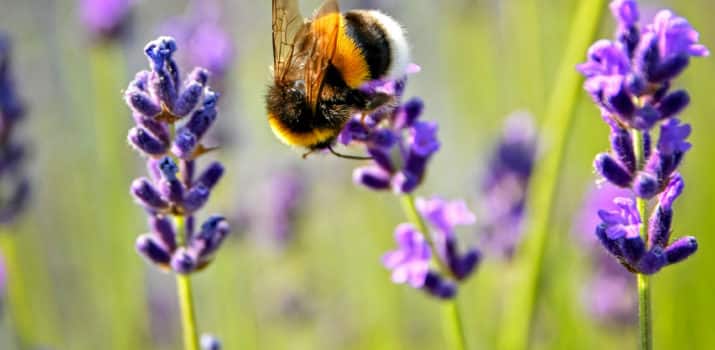Crossings of the living world


“Living things form complex, ambivalent relationships, sometimes involving opposition, sometimes antagonism, sometimes mutualism. This allows us to imagine differently the rich range of relationships we can have with the rest of living things.” (Baptiste Morizot, interview in Reporterrepublished May 11, 2023)
In a world that is becoming less and less habitable, and whose modes of sustenance for human life are increasingly under threat, philosopher Baptiste Morizot argues for the establishment of new relationships between human∙e∙s and the rest of the living – or the living. The key, he believes, lies in founding new alliances between humans and non-humans and exploring “life through us”.
It’s to explore these possible alliances that the second edition of the research-creation festival of ecological imaginaries, the Écotopiales, is dedicated, organized from October 31 to November1, 2025, on the campus of the University of Lausanne and in the city of Lausanne. During these two days and the pre-festival (October 23-30), more than 60 artists and researchers∙euses will take turns to animate the 25 all-public events in the program.
Active∙ves in seven forms of artistic expression – fiction writing, poetry, film, artivism, comics, role-playing and dramaturgy – and from∙e∙s all faculties of the University of Lausanne, they will introduce us to their understanding of the living. You’ll find portraits of some of the guests∙e∙s on the BCUL blog on October 29. In the meantime, let’s mention a few Ecotopiales highlights:
Echoing the Ecotopiales, BCUL offers you a selection of documents exploring multiple ways of resonating with the living, of thinking about relationships between human∙e∙s and non-human∙e∙s, and of inhabiting the world together. This selection is online and to be discovered as part of an exhibition on Unithèque until November 2.
The quest for new ways of terrestrial coexistence and cohabitation involves, first and foremost, developing a way of thinking that goes beyond the “culture” versus “nature” dichotomy, a way of thinking “beyond nature and culture” to paraphrase Philippe Descola. Such thinking is the prerequisite for considering human beings∙e as part of the earth’s ecosystem and in resonance with other species, and thus extricating ourselves from a logic of enslavement, exploitation and extraction.
Based on this paradigm, we can then define the means to act. Faced with a disintegrating world, accelerating destruction and climate emergency, it’s tempting to resign ourselves to waiting for the end. However, (re)finding the living through us allows us to draw an enviable future and open up prospects for the “good life”. Some∙e∙s, like Baptiste Morizot, propose
And then there’s literature, poetry and fiction in particular. Because it shapes our imaginations, literature is capable of changing our relationship with living things and expanding our sensibilities. The field of ecopoetics is so rich that it would be illusory to attempt to circumscribe it. Some
The latter, a major and prolific writer of literatures of the imaginary and a pioneer of ecofeminist thought, already invited us, in a text published in 1986 – a translation of which is available at Terrestres – to revise our traditional narrative schemes, built essentially on the representation of a (male) heroic figure and founded on warlike and bloodthirsty values, to write “living stories”; that is, the story of people evolving in harmony in and with the living, far removed from any desire for domination:
“Sometimes it seems that this story is coming to an end. There are many of us who think, from our corner of wild oats amidst alien corn, that rather than give up telling stories, we’d better start telling another one, one that people might be able to continue when the old one comes to an end. Maybe they will. The trouble is, we’ve all let our selves become part of the story-that-kills, and we may well die out with it. So it’s with a certain sense of urgency that I seek the nature, subject and words of the other story, the one that was never told, the living story.” (Ursula K. Le Guin, “The Theory of Basket Fiction” in Dancing on the Edge of the World)